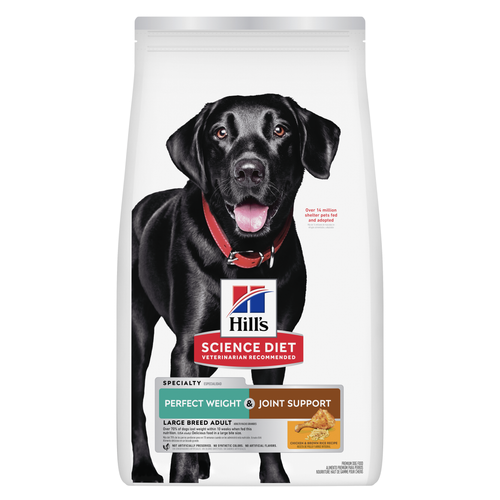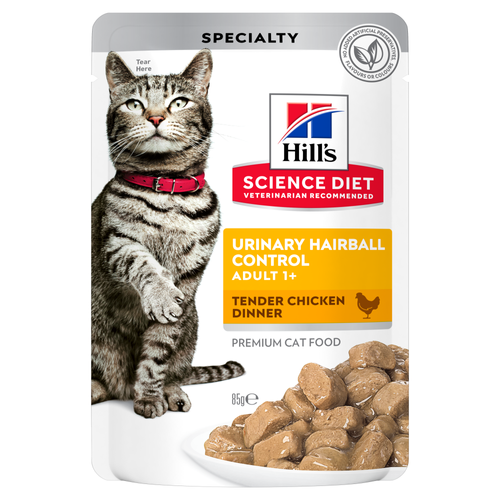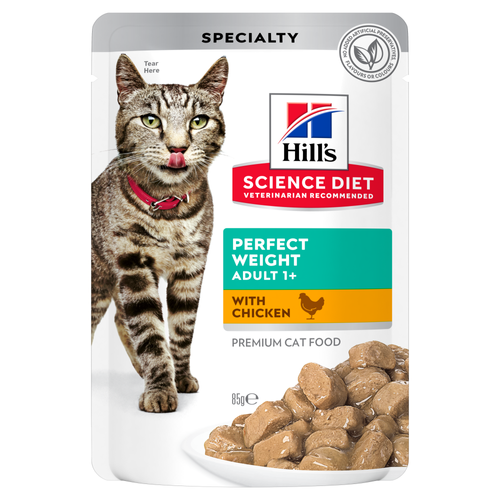Beagliers are a dog breed that thrive on human interaction and enjoy being part of the family. They are gentle with children and get along well with other pets, making them a good choice for multi-pet households. Their playful and sociable nature ensures they are always ready for fun adventures and playtime.
Beagliers are generally easy to live with due to their adaptable and friendly nature. They can live in a variety of homes, including apartments or houses with a fenced yard.
However, it’s essential to provide your Beaglier with enough exercise and mental stimulation to protect their health and to prevent boredom and restlessness. Due to their smaller size, care should be taken with Beagliers around small children to avoid them inadvertently getting injured.
Recommended Diet:
Puppy: Hill's Science Diet Puppy Small & Mini Breed Dry Dog Food / Hill's Science Diet Puppy Medium Breed Dry Dog Food
Adult: Hill's Science Diet Adult Small & Mini Breed Dry Dog Food, Hill's Science Diet Adult Perfect Weight Small & Mini Breed Dry Dog Food / Hill's Science Diet Adult Medium Breed Dry Dog Food, Hill's Science Diet Adult Perfect Weight Medium Breed Dry Dog Food
Mature: Hill's Science Diet Adult 7+ Senior Small & Mini Breed Senior Dry Dog Food / Hill's Science Diet Adult 7+ Senior Medium Breed Senior Dry Dog Food
As a cross-breed dog, Beagliers are relatively new, and were first developed in Australia in the 1990’s. Their popularity has since spread around the world, thanks to the existing popularity of their two parent breeds - Beagles and Cavalier King Charles Spaniels.
The purpose behind the Beaglier was to have a small, healthy, loving, sociable and playful companion dog, combining the best traits from both parent breeds.
Beagles were one of the first breeds to be recognised by the American Kennel Club (AKC) in 1885, and the Cavalier King Charles Spaniel is thought to be named in part after the 17th Century English King, Charles 1, who became king in 1625.
Health Concerns:
Cross-breeds can inherit any of their parent breeds' health issues, so it’s a good idea to be informed of what those are in advance.
Beagles can be prone to health concerns such as:
- Musladin-Lueke Syndrome (MLS) is a rare genetic disorder that can particularly affect Beagles. This is when abnormalities in the connective tissues of the body arise which may lead to a range of physical and developmental abnormalities.
- Cherry eye is named for its appearance, as the affected gland protrudes from the inner corner of the eye, resembling a small red or pink mass.
- Ear infections
- Glaucoma is a serious eye condition characterised by increased pressure within the eye, known as intraocular pressure (IOP). Watch outs of this include redness of the eye, excessive tearing, squinting, cloudy cornea, dilated pupil or even pawing at the eye.
- Epilepsy is noted by recurrent seizures or convulsions that are caused by abnormal electrical activity in the brain.
- Heart disease
- Hypothyroidism (underactive thyroid gland) leads to a decrease in the production and release of thyroid hormones. This hormonal imbalance can result in a variety of symptoms in your Beaglier which include: weight gain, lethargy, coat and fur loss pr thinning as well as skin problems
- Intervertebral disc disease.
As a breed, Cavalier King Charles Spaniels are prone to:
- Hip dysplasia is an orthopedic condition that alters the inner workings of the hip joint.
- Patellar Luxation: Where the knee joint (usually in a hind leg) slides in and out of place. This can be very painful - however, some dogs can lead a relatively normal life with the condition.
- Syringomyelia is a neurological disorder that is characterised by the formation of fluid-filled cavities within the spinal cord. These syrinxes can compress and damage the spinal cord, leading to a range of neurological symptoms.
- Early onset mitral valve disease (MVD). This is a common cardiac condition that primarily affects small to medium-sized dogs. It is characterised by degenerative changes in the mitral valve, which is located between the left atrium and left ventricle of the heart. Common symptoms may include coughing, difficulty breathing (especially during exercise or while resting), lethargy, weakness, decreased appetite, and weight loss.
Because Beaglier litters differ greatly in appearance and features, some Beagliers with floppy ears (inherited from the Cavalier King Charles Spaniel) may be more prone to health issues such as ear infections. It’s important to keep their ears clean and dry and to regularly check for signs of infection, such as redness, odour, or excessive scratching.
Whilst this list can look a bit scary, it’s possible that your Beaglier may not experience any of these health problems - it depends on the parents and the health of the breeders dog lines.
And, while there are nationally recognised and strict breeder protocols for purebred dogs, the same isn’t always true for hybrid or cross-breeds (including the Beaglier). This makes it increasingly important to thoroughly research any potential Beaglier breeder, and to find out about any genetic health issues their dogs have experienced.
It’s important to remember that not all Beagliers will develop these health issues, and responsible breeding practices along with regular veterinary care, a balanced diet, exercise and a healthy lifestyle can help to minimise health risks.
It is advised that any prospective pet parents are aware of potential health challenges faced with this breed and that you do your own research before ownership.
























